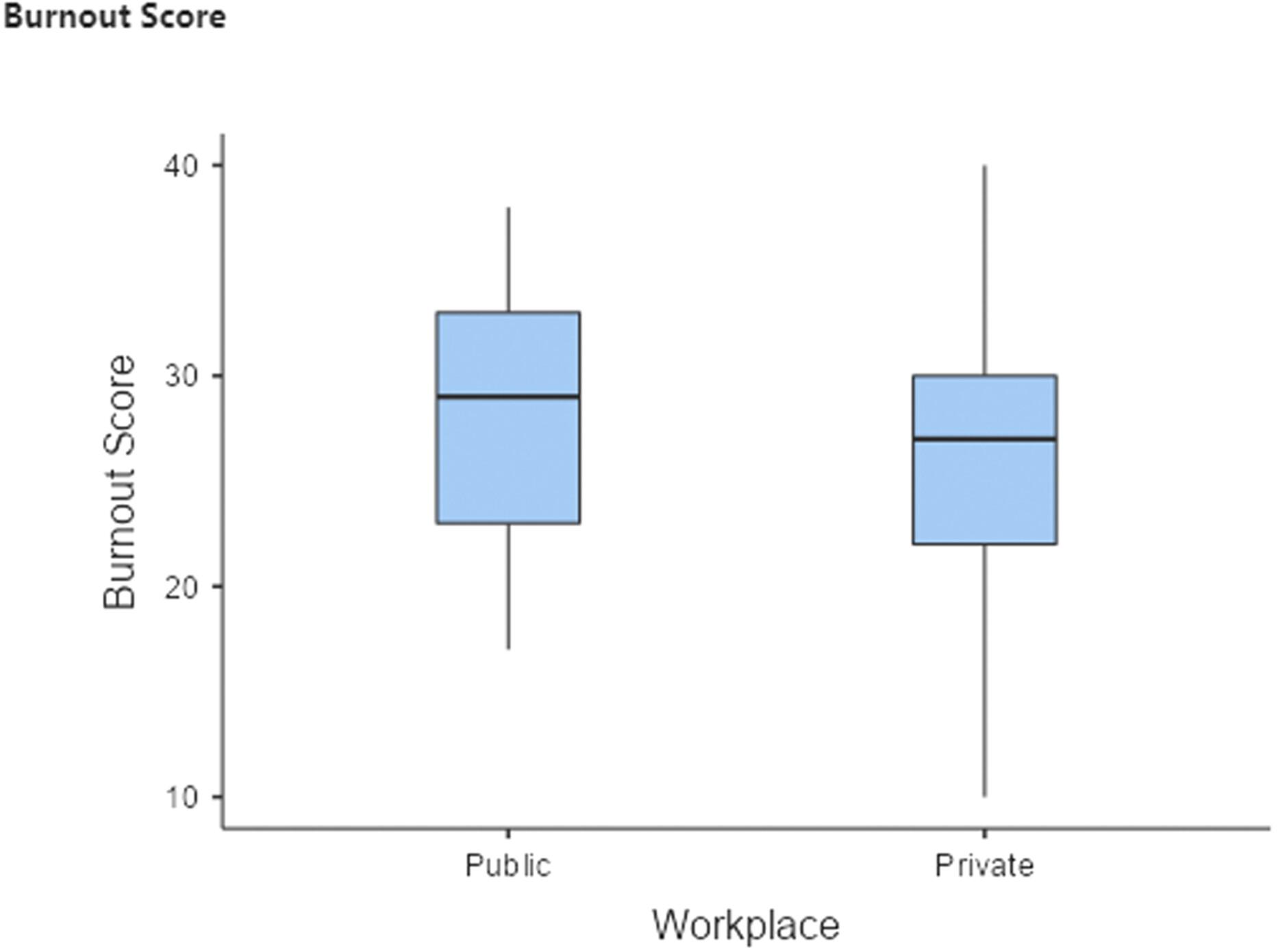Occupational burnout in nuclear medicine technologists working in Australia and New Zealand – results of a multi-national survey
Abstract
Introduction
Occupational burnout can be associated with negative feelings about the workplace and feeling that a person's efforts are of little consequence. Within a healthcare setting, occupational burnout can be attributed to a high workload or a non-supportive work environment. Higher levels of burnout are associated with increased absenteeism and turnover, increased medical errors and decreased patient care. The aim of this study was to investigate the levels of occupational burnout within nuclear medicine technologists (NMTs) working in Australia and New Zealand.
Methods
An online questionnaire was distributed via QuestionPro. The questionnaire consisted of four sections, including the Professional Quality of Life Scale (ProQOL) Version 5 (2009) measuring compassion satisfaction, burnout and secondary traumatic stress in the workplace. For this study, only the burnout component of this scale is reported.
Results
There were 162 survey responses. Of the 18 New Zealand participants, 10 (56%) reported moderate levels of burnout. Of the 144 Australian participants, 114 (79%) reported moderate levels of burnout. No NMTs reported high levels of burnout. All states of Australia were represented in the survey, with Queensland, Western Australia and Victoria having the highest number of participants reporting moderate levels of burnout.
Conclusion
This study revealed that more than half of New Zealand participants and three quarters of Australian participants reported moderate levels of burnout. It is imperative to address the wellbeing needs of NMTs working in Australia and New Zealand at an individual and organisational level to support NMTs to be more engaged in their work and help organisations retain staff.


 求助内容:
求助内容: 应助结果提醒方式:
应助结果提醒方式:


